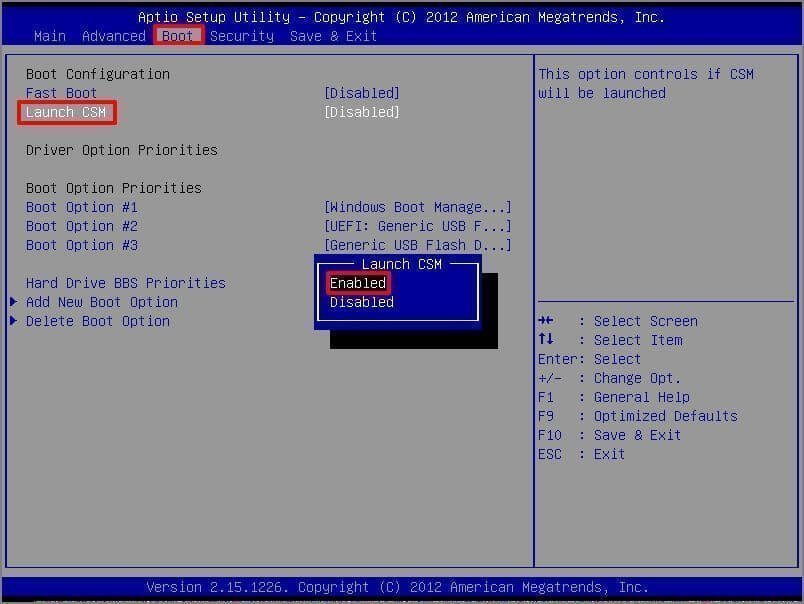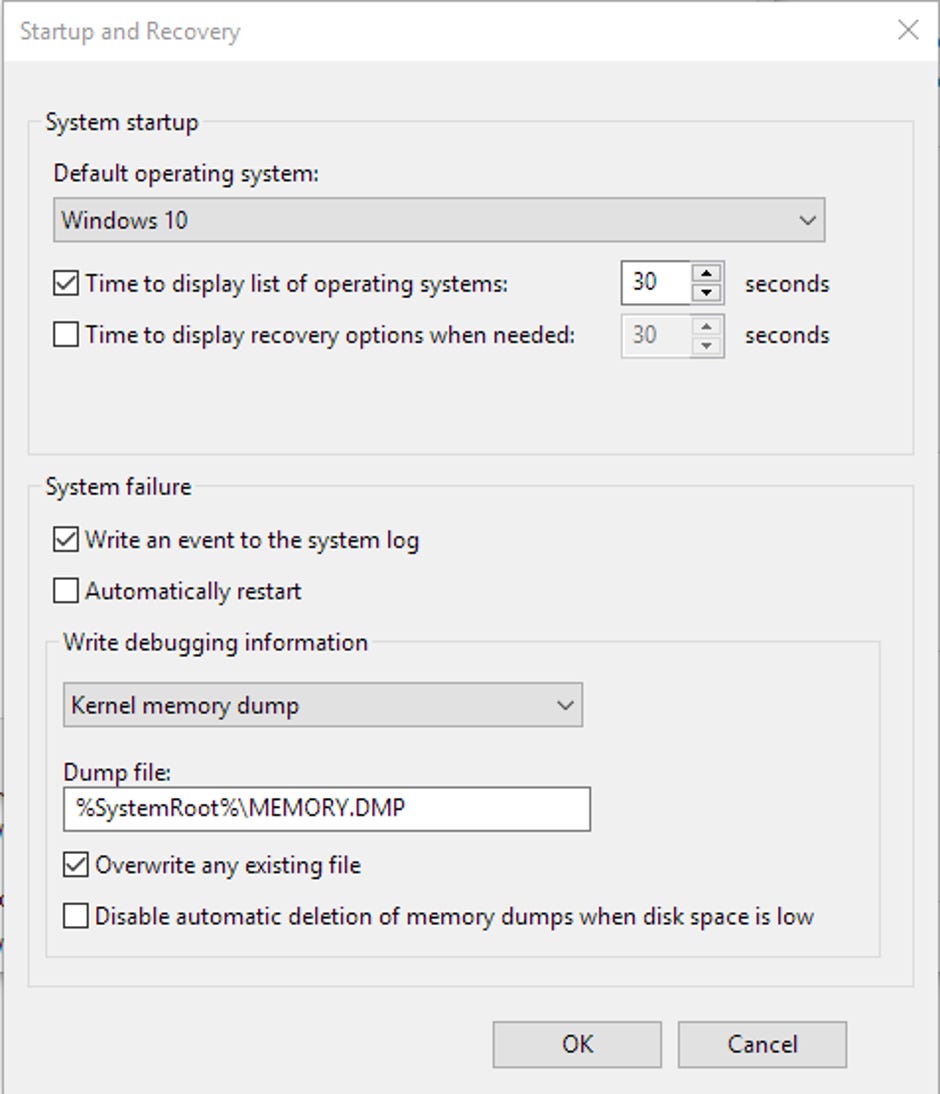

But most of the users are still facing TPM issues on their system. You might be able to get away with it, but it's not what you're supposed to do, so running that way in the long term is poorly-tested at best. 0 and Secure Boot Check by Modifying Windows 11 And if you already fulfill all these requirements except TPM and Secure Boot, then follow the below-mentioned methods to bypass them. Once here, you can also enable Secure Boot from the UEFI menus.

Leave all the other options at their default settings, i. More Resources: Windows 11 – Scope of Support After it is enabled, the Secure Boot Variable fields will get set and now you can go to the previous screen and actually Enable Secure Boot! Compatibility Issues with Secure Boot.
#HOW TO CHANGE WINDOWS 10 BOOT MENU PC#
Advanced users may customize the options as So, boot into the BIOS settings again by hitting the delete key or F12 or whatever button your PC shows for this. Note: You can also press F10, select Yes 7.
/change-the-boot-order-in-bios-2624528-13c3bd01c02c4a669b03c72b4d1793fd.png)
This item allows you to clear all default Secure Boot keys. Step 3: Afterwards, ensure that the Load Legacy Option Rom is "Enabled" and the Boot List Option is "Legacy" Step 4: Switch to Exit tab, highlight Exit Saving Changes, and highlight Yes to save the BIOS settings. Now, go to BIOS settings again and now double-click Secure boot. After it is enabled, the Secure Boot Variable fields will get set and now you can go to the previous screen and actually Enable Secure Boot! Compatibility Issues with Secure Boot. Reset to Setup Mode This item appears only when you load the default Secure Boot keys. Select screen(5), select item(6) then select (7). Delete the protection key, change the platform to setup mode, and disable secure boot. The feature defines an entirely new interface between operating system and firmware/BIOS.
#HOW TO CHANGE WINDOWS 10 BOOT MENU VERIFICATION#
If your system only supports a firmware-based TPM, it might be referred to as iPPT (Intel Platform Protection Technology) if your The goal of Secure Boot is to prevent malware from hiding embedded in the boot chain by performing a verification of every executed component starting with a fresh reboot of the whole platform. Select Yes if you want to save all secure boot variables, otherwise select No. The location of Secure Boot will vary from PC to PC - not all UEFI use the same menus or layouts. Secure Boot is a security feature built-in on most devices with modern hardware and UEFI firmware that provides a secure environment to start Windows and prevent malware from hijacking the system All HP computers manufactured with Windows 10 come with Secure Boot enabled by default. At the HP logo screen during boot-up, press F10 to enter F10 setup. Furthermore, I was unable to find any resources on enabling secure boot for my device. Save the settings by pressing F10 and reboot once again. efi is an EFI application that can alter EFI variables and kickstart the EFI mass storage application on all newer generation Qualcomm-based devices. Select “Edit the system environment variables”. Select “Environment Variables” in the System Properties window. TPM operates as a passive observer of all phases. Follow the steps below to fix TPM 2 and Secure Boot issue in Valorant. (The byte order is backwards, so the first byte is the second digit, and the second byte is the first digit. Secure Boot actively enforces checks depending on configuration scope (full vs minimal). Step 1: Access UEFI BIOS Setup in Windows 10/8.


 0 kommentar(er)
0 kommentar(er)
